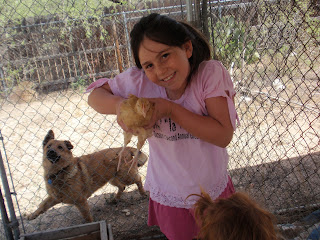
I didn't realize that breastfeeding wasn't protected in Washington, but it makes my heart sing to hear about the law that just passed.
To read the full article http://www.kimatv.com/news/local/43663002.html


Babies who are carried often cry less. It's accepted that crying is something that babies do, and that is true to a certain extent. However, in cultures where babies are carried most the time and breastfed on demand, they cry much less. Of course, in many of these societies there are multiple family and village members available to help carry babies, but even if it’s just you and perhaps a partner at home, carrying your baby often will produce results. A 1986 randomized, controlled study by Hunziker and Barr showed that carrying an infant 2 additional hours per day reduced crying overall by 43%, or one entire hour.


Global baby foods and infant formula market continues to be affected by the changing consumer trends and declining birth rates. Concern for health and fitness; safety and nutritional awareness are major trends expected to influence the industry in the coming years. -Global Industry Analysts, Inc.
Babies born by C-section are more likely to develop a breathing problem marked by abnormally fast breathing during the first few days after birth (transient tachypnea). Elective C-sections done before 39 weeks of pregnancy or without proof of the baby's lung maturity may increase the risk of other breathing problems, including respiratory distress syndrome.
Although rare, accidental nicks to the baby's skin can occur during surgery.
Women choosing primary elective cesarean delivery will have a higher incidence of maternal morbidity, including hemorrhage, infection, and venous thromboembolism. Maternal mortality, while a rare event in developed nations, is 2 to 3 times higher in elective cesarean delivery than in vaginal delivery, although there are no large studies of maternal mortality risk for primary elective cesarean delivery.



